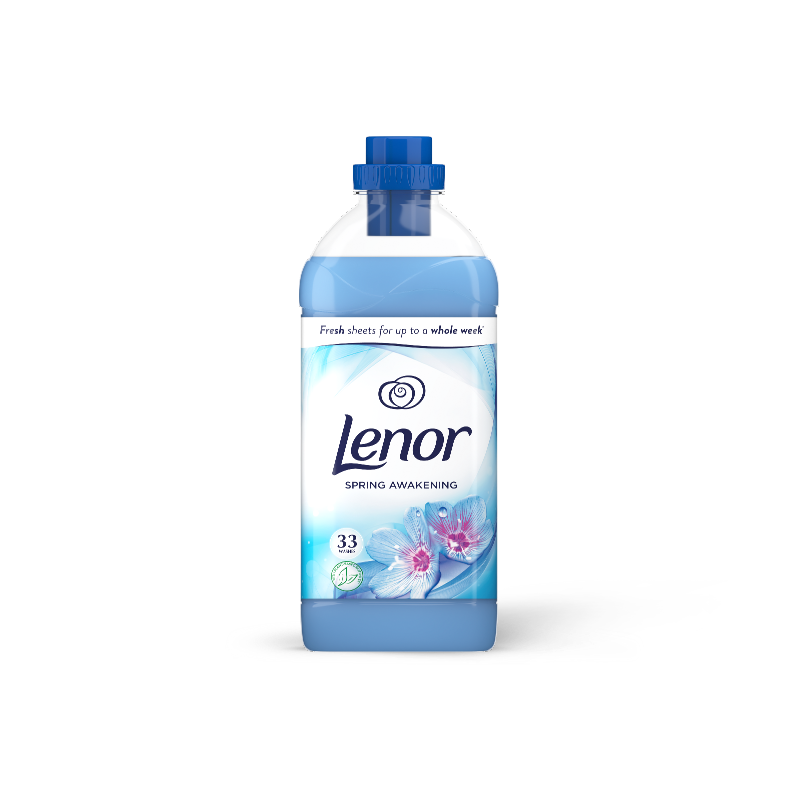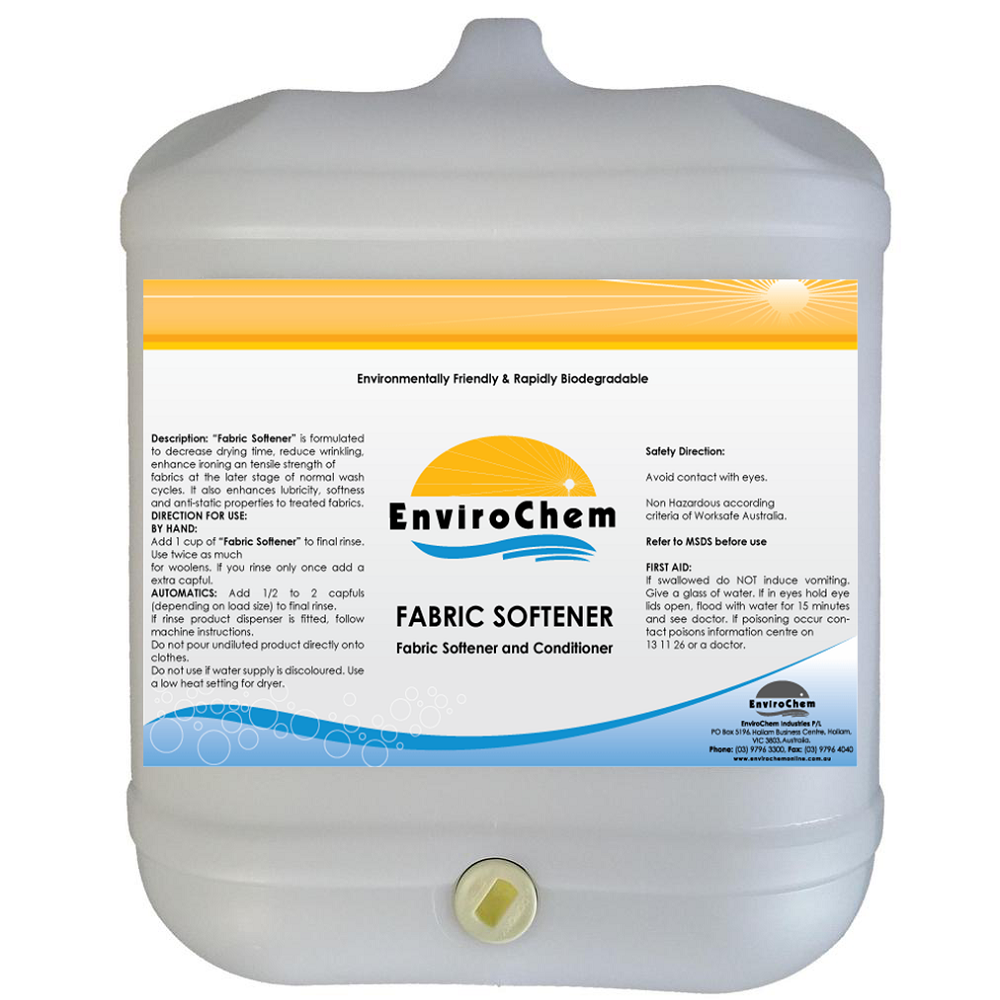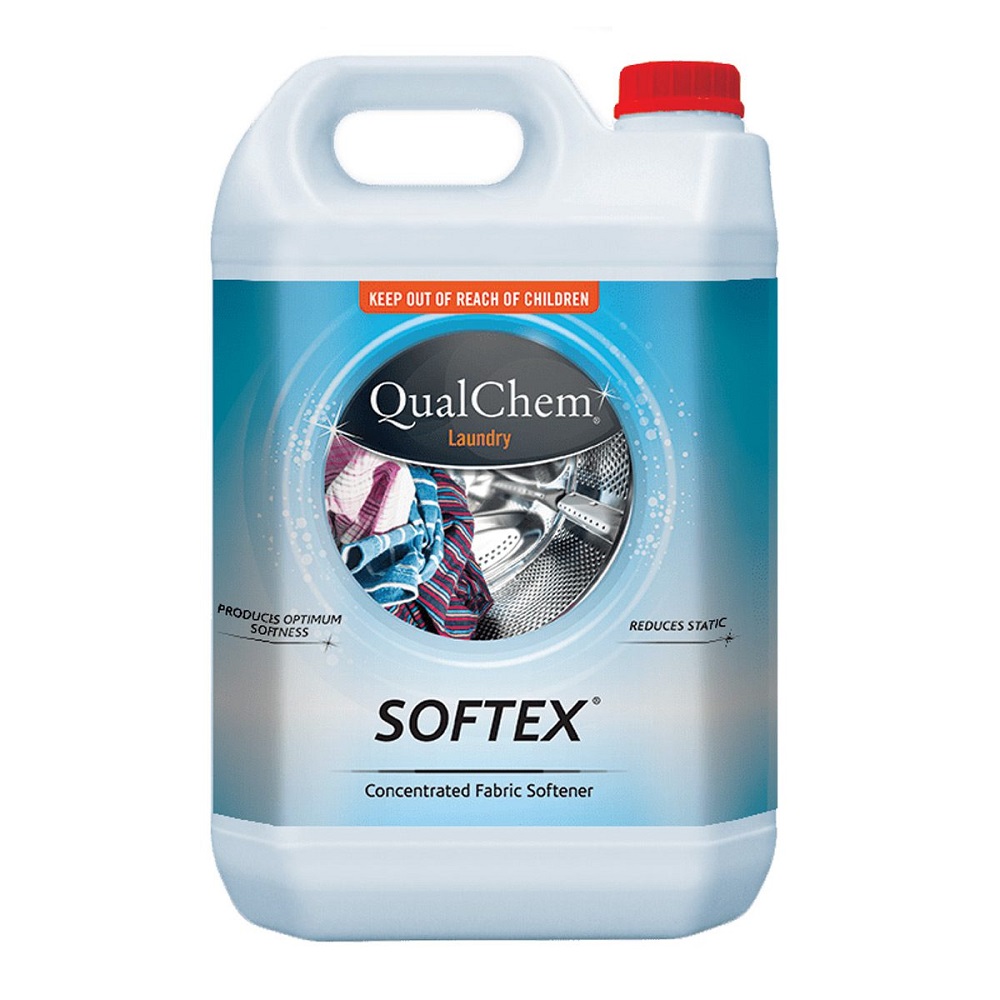When to Use Fabric Softener
Understanding Items That Shouldn’t Be Softened
Not all laundry benefits from fabric softener. Items like gym clothes, sweat-absorbing items, water-resistant fabrics, and flame-retardant clothing should skip the softener. It’s because the coating from softeners can block their functional fibers, impairing their performance and safety features.
For instance, using softener on athletic gear can prevent moisture-wicking properties. It’s also a bad choice for children’s sleepwear or any garment labeled as flame-resistant. The same applies to microfiber cloths; the softener can interfere with their dirt-trapping abilities.
In short, ensure you understand when to add fabric softener – it’s not for every wash.
Best Practices for Towels and Microfiber Cloths
Towels and microfiber items are often misunderstood when it comes to softener use. Towels rely on their fluffiness and absorbency, which softener can reduce. Instead, launder them with baking soda to maintain their absorbent qualities.
For microfibers, skip the softener entirely. These cloths are designed to attract and hold onto particles, and softeners can coat the fibers, reducing their effectiveness. The best practice is to wash these items separately and without any fabric softener to keep them in top shape.

Choosing the Right Fabric Softener
Choosing the right fabric softener can enhance your laundry routine. Not all softeners are the same. You need to pick one that suits the fabrics you’re cleaning.
Softeners for Natural Fibers
For natural fibers like cotton and linen, pick a softener that’s gentle yet effective. These fibers can suffer from damage due to water absorption during washes. Softeners help by coating the fibers, reducing the risk of pilling and fading. Pick a softener that caters to these types of materials, and your clothes will stay soft and vibrant.
Special Conditioners for Delicate Fabrics
Delicate fabrics need softeners that are tailored to their needs. Wool and silk are particularly sensitive. Using regular softeners on them can cause shrinkage or damage. Search for conditioners that are designed for use with delicate items. They often come with specific instructions to safeguard your delicate items. By opting for these specialized products, you ensure your fine fabrics remain luxurious and intact.
How Much Fabric Softener to Use
Perfecting your laundry routine includes knowing how much fabric softener to use. The dosage can affect your clothes’ texture and longevity. It’s not just a matter of pouring in the softener; it needs careful measurement.
Proportional Dosing Based on Load Size
The key to fabric softener dosage is simple: it must match the load size. Don’t guess; too little and you miss out on softness, too much and you risk residue. Follow this rule to keep clothes in prime condition without the grease.
For small loads, use less; for bigger ones, more. This helps maintain balance, so your laundry comes out just right. Start with the minimum amount; increase as needed based on how much you’re washing.
Reading Product Packaging for Dosing Instructions
Every fabric softener brand is different. They come in various concentrations, and this changes how much you should use. Always check the label. It guides you on the right amount for your load.
Look for the cap’s markers; they show the correct levels for different load sizes. Stick to these markers to avoid mistakes. Remember, each product has its own formula, so adjust the amounts accordingly. Take time to read and understand your chosen softener’s instructions for the best results.
Adding Fabric Softener to the Laundry Cycle
Using fabric softener correctly is key to getting the desired effect from your laundry. It’s not just about choosing the right product; it’s also about adding it at the right moment in the laundry cycle to maximize its benefits.
The Importance of the Rinse Cycle
The rinse cycle is critical when using fabric softener. This is the stage after the main wash where the fabric softener should be added. It ensures the product stays on the fabric, giving it the softness and fragrance you want. If you put it in too early, during the wash cycle, it could wash away, wasting the softener and leaving clothes less comfy.
Remember, adding fabric softener during the rinse cycle helps coat the fabric more evenly. This prevents buildup on clothes, avoiding that greasy feel. It’s essential to know when to add fabric softener: in the rinse cycle, not with the detergent.
Utilizing Your Washing Machine’s Features Correctly
Modern washing machines have compartments or dispensers specifically for fabric softener. They release the softener at the perfect time, so you don’t have to time it yourself. Check your machine’s manual to find out where and how to add your softener.
Some machines have an automatic dispenser that adds softener at the best time in the rinse cycle. If yours does, use it. It’s a simple way to ensure the softener works its magic every time. Just pour the correct amount into the designated compartment, and let the machine handle the rest.
Knowing when to add fabric softener and how to use your machine’s features can make your laundry softer and fresher. Be sure to use this know-how to your advantage for the best laundry outcomes.
Alternatives to Fabric Softener
Natural Softening with Vinegar
Sometimes, you may seek a more natural route for softening your clothes. In such times, vinegar can be a fantastic alternative. Plain white vinegar has natural softening properties, without chemicals that traditional softeners carry. It is gentle on clothes and can soften fabrics effectively. Add half a cup to your rinse cycle. This will also help in removing soap residue and keeping colors bright. Make sure to use distilled white vinegar to avoid staining.
Choosing Skin-Friendly Softeners
If you have sensitive skin, choosing the right softener is crucial. Look for hypoallergenic fabric softeners that are free from dyes and fragrances. These products are less likely to cause skin irritation. They keep clothes soft while being gentle on your skin. Always read the labels before purchasing to ensure the product suits sensitive skin. Using these softeners means you don’t have to sacrifice softness for skin health.
Understanding Fabric Softener’s Effects
How Softeners Work with Detergents
Fabric softeners and detergents can team up to clean and soften your clothes. The softener adds a layer to fabrics, making them feel softer. Detergents wash away dirt and grime. When used together, they help your clothes stay clean and comfy. However, you must use them at different times in the wash cycle. Remember, add fabric softener during the rinse cycle, not with the detergent.
The Impact on Clothing Texture and Longevity
Using the right amount of fabric softener affects how your clothes feel and last. It can prevent pilling and protect colors. But too much can lead to a greasy feel and even harm fabrics. Follow the instructions when you add fabric softener to guard your clothes. Proper use can help your clothes remain plush and keep their shape over time. Always avoid overusing to ensure your clothes stay fresh and soft.
FAQs on Fabric Softener Usage
Navigating through numerous tips and tricks, let’s address some common queries to clarify the fabric softener usage conundrums.
Direct Application vs. Dispenser Use
When figuring out when to add fabric softener, many wonder if it’s okay to pour it directly onto clothes. The answer is no. For even distribution without residue, use your washing machine’s dispenser. It’s designed to release softener at the right time in the rinse cycle.
If you pour fabric softener directly over the laundry, it may not spread well. This can leave spots and reduce the effectiveness of the product. Always use the designated compartment to avoid these issues.
Evaluating the Necessity of Fabric Softeners
Is fabric softener a must? Not necessarily. While it makes certain fabrics feel softer and smell nice, it’s optional. Particularly for sensitive skin or certain clothes like athletic wear, you may skip it.
Consider the fabric type and your personal needs before deciding to use softener. For a softer touch on natural fibers without the chemicals, vinegar is a great alternative. Just remember, even without fabric softener, your clothes can still emerge clean and fresh from the wash.


